A Tale Of Three bars: Giant Contact SL XR Dfuse Bar – by Grannygear
Editor’s Note: Remember to refer to our “Drop Bar Terms Defined” post to help you understand the descriptive terms used in our drop bar reviews. The first bar in this series can be checked out here, the second one here.
Compliance in a bike is a complicated thing. I once read this expressed as a “series of stacked springs” and I think that is the best description yet when we look how a human body, a bicycle, and a bumpy road work out the details. Think of each component of the bike as a series of springs, all stacked one on top the other. Each spring yields in its own way to the force put into it from an impact with the surface of the road. The tires are the first spring in the stack and in a rigid bike, are likely the most important. Next would be the wheels, fork and frame, and then seat post, saddle, handlebars, tape, etc (including any active suspension like a flexing stem and so on).

Your body is the final spring. Whatever gets past all the other springs you need to absorb. So it seems obvious that our bodies should be spared some amount of abuse or eventually those thousands and thousands of impacts and vibrations will wear us down. Death from a thousand cuts.
I was curious as to what there was in handlebars that might offer some flex in the right way and give us another spring to dampen impacts a bit. Along those lines I have been looking at some bars that either claim to be compliant on purpose or just end up being that way, to see if they are worth having. (See my previous posts: Bar #1 here, Bar #2 here)

The most potential in this regard seems to be in a composite handlebar…carbon, you know…and that means $$$. For instance Mrs. Grannygear’s Emonda SLR Project 1 came with a set of Bontrager bars that are made to flex. And while I cannot ride her 52cm bike in any meaningful way, I can weight the bar tops and press down, seeing it give and I can press the bar ends together at the drops and see it give there as well. Try that with a stock alloy bar. Bet it is resolute. But a good carbon bar is often $300.00, so it’s a pretty big buy in.
But recently Guitar Ted posted a long term review of an alloy handlebar designed to deal with vibrations (not impacts though) which you can check out at the link. It’s alloy, so the cost is not exhilarating. Aluminum seems to be a place where something can be tuned a bit to give us some relief, or can it?
I remember when Easton came out with the Hyperlite handlebar for MTB use way back when. That bar was light, strong, durable, and quite compliant as compared to the typical thick alloy bars of the day. Looking at the end of the bar, the Hyperlite was scary thin. It does seem like that tech could be used in a drop bar, but the cost might be so close to carbon that it is not worth the trouble. Anyway, I digress.
Giant is no stranger to a compliant bicycle. Their D-Fuse system is used in ‘D’ shaped seat posts designed to flex under a rider’s weight. The Defy is known as a very comfortable endurance road bike and the new Revolt gravel bike line even more so. I knew they made a bar that came on that gravel line that also could be good on an all-road type of bike. I made a call and here we are, having had some hours and miles on a Giant Contact SL XR D-Fuse alloy handlebar. This bar is designed to have some compliance to it and the shaping is obvious, carrying over that ‘D’ shape into the handlebar. Is it effective? Yes and no. Read on.
The specs on the bar are: 72mm reach, 125mm drop, 8 degrees flare, and I am running the 440mm version. I weighed it at 273g which pruned some weight off the stock Cannondale bar that came on the Topstone (316g). The shaping is obvious. It is flattened under the bar top, sweeps back almost immediately from the stem and looks to offer a nice place to get work done from the saddle. How has it been to live with?
The Good:
- I really like the overall shape to the bar tops and where it meets the brake hoods. The slightly flattened shape is good for the hands and getting the brifters at the right place was simple, sort of.
- It has more give than any alloy bar I have used. The nicest riding bar in aluminum I have used previous to this is a Ritchey WCS Evocurve bar. Most stock alloy bars are water pipe-like as far as any give to them. The Ritchey is better than that, but this D-Fuse bar has enough give to see it and feel it under hard impacts.
- It’s not expensive. Check with your Giant dealer as there is no info yet on the Giant website, but I was told $47.00.
- It’s not heavy. The $100.00 Ritchey bar is 20g less but twice as much and has no flare. Now Ritchey has some new gravel type bars that I need to look at, so more choices have been announced at Eurobike.
- The flare is subtle, but about right for mild off road and road use alike.
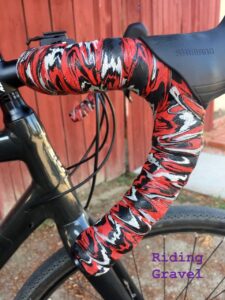
The Less Than Good:
- The extensions are too short (drops are not too shallow) and the extensions point downward. I would add at least an inch to the length of the extensions as there is very little room to place hands there unless you are in the drops of the bar using the brake levers, and I would angle the ends of the extensions up a bit.
- The back sweep of the bar top happens too quickly for my tastes. I would like a longer straight section of bar top for lights, computer brackets, etc. The way it is now, nothing you mount on the bar sits straight (unless the device can pivot left to right) and I had my Wahoo aftermarket mount slip out of place. Apparently Giant has a mount system that is more stem focused, so from an OE (Original Equipment) point of view, it makes sense to not worry about bar-mounted things. For aftermarket though, it is a miss.
- It is more compliant than any bar I have used in alloy, but still falls short of a forgiving carbon bar in that regard.
- I know it is OE and it is not expensive, but I would pay 5 more dollars for degree marks on the bar to get the controls even-steven without minutes and minutes of trial and error.
Overall, it is a good bar as long as you do not run in the drops a lot. Mrs. Grannygear almost never does, preferring to stay on the hoods. But I use the drops for rougher, faster sections and for getting out of the wind. As long as you are nested in the curve of the drops and at the brake levers, it’s fine, but come out of the drops and you come right to the end of the bar extensions with your palm and it points down at an angle. Feels sketchy. Honestly, I bet the majority of riders who have this bar as a stock item on Giant bikes will seldom go into the drops. Just an observation. I can live with this for a gravel bike, but not for a road bike. On the road I will cruise along with my hands on the bar’s extensions being nowhere near the brakes.
But the way the immediate backsweep of the bar tops affects mounting things makes me nuts. I am OCD about things being straight. And the crooked computer was sending me into fits, and finally it just did not stay put. It is a cheaper, nylon aftermarket mount, so a better one in metal, like K-Edge, might have held fast. But it still would have been crooked.
Now then…the ride quality. It is smoother under sharp impacts than any alloy bar I have used. It is noticeable. It’s not like “our new bike this year is 6% stiffer at the bottom bracket” so really you cannot tell a difference. No, it absolutely dulls sharp hits and I came to like that very much. I also really like the shape of the bars in general, finding it good for hours of riding.
What I would change? Let’s add some length to the bar extensions, taking that extra length and bending it up more towards horizontal, and give me a couple inches of straight and round top section right out of the stem. Do that and I cannot imagine why one would not spend 50 bucks on this bar for gravel use as an upgrade from a stock aluminum bar.
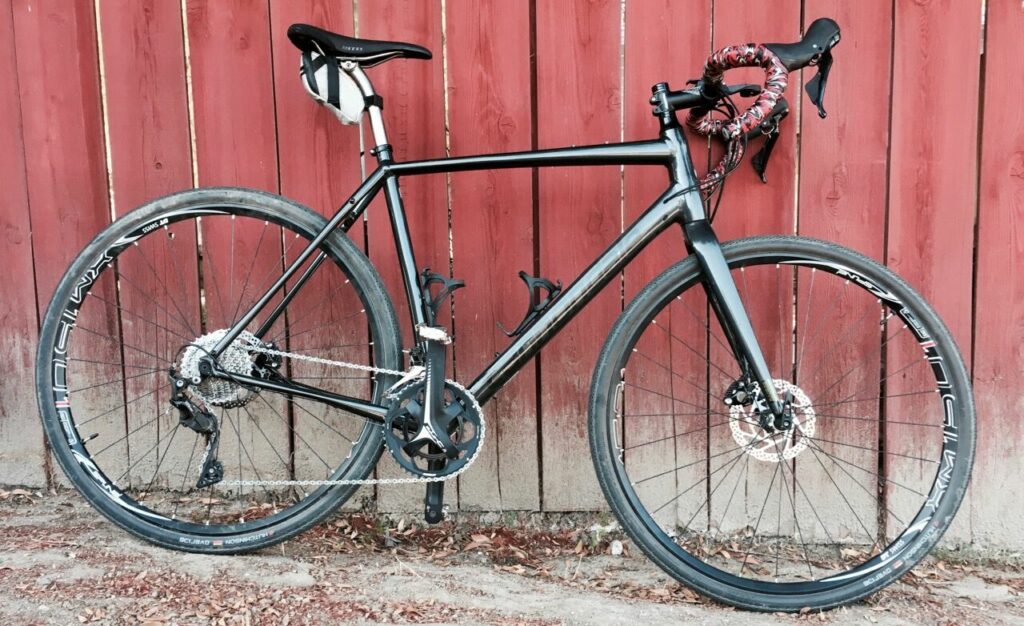
Till then I think I am putting it back on anyway at some point, (I have another bar on test right now), but I will use a stem mount for my Wahoo Element Bolt and figure something out for the lights. If I use a light with right/left adjustment, I will be OK. The Giant Contact SL XR Dfuse bar is not perfect, but it is really good in a lot of ways.
Note: Giant sent over this Contact SL XR Dfuse handle bar for test and review at no charge to Riding Gravel. We were not paid, nor bribed, for this review and we always strive to give our honest thoughts and review throughout.


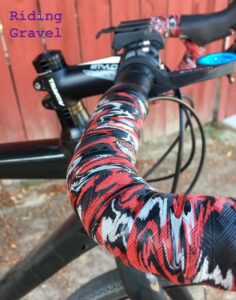
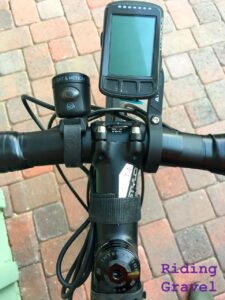
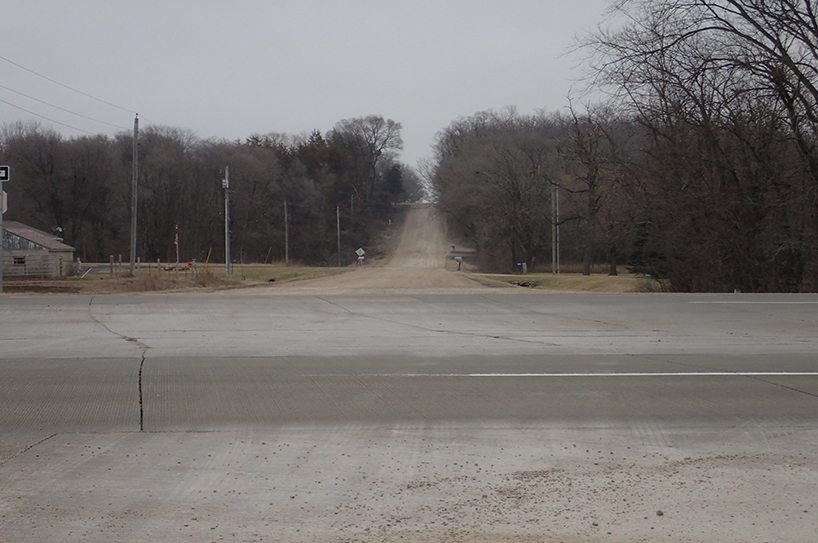
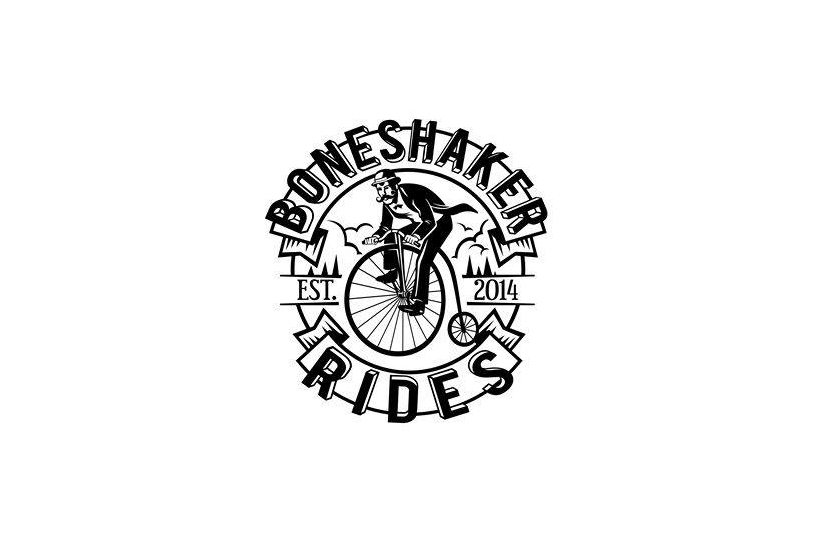
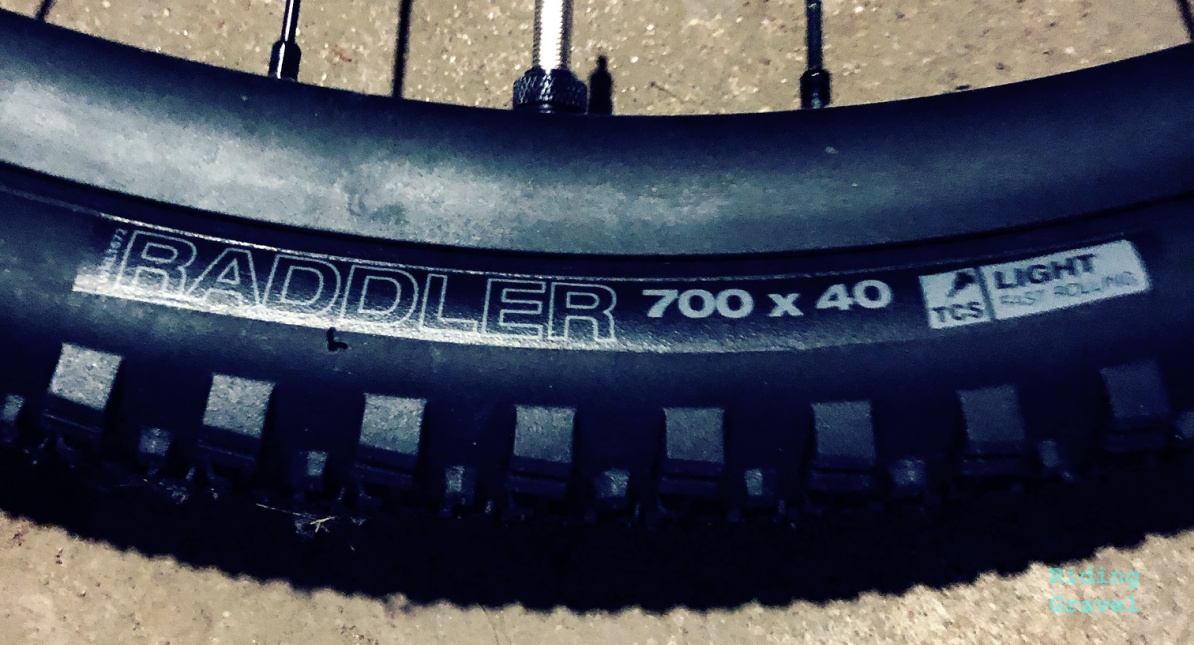
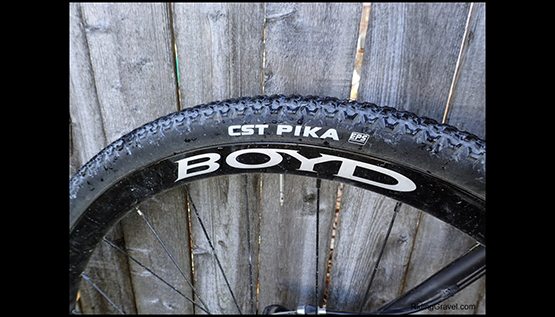
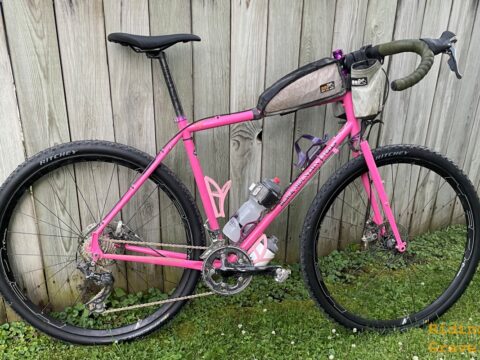
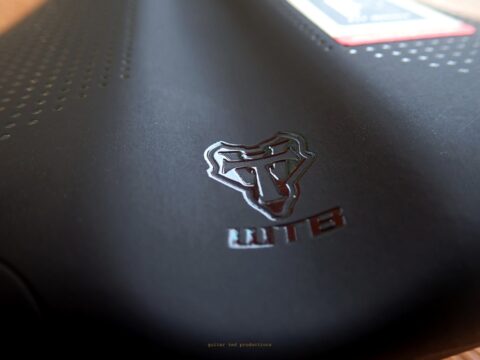
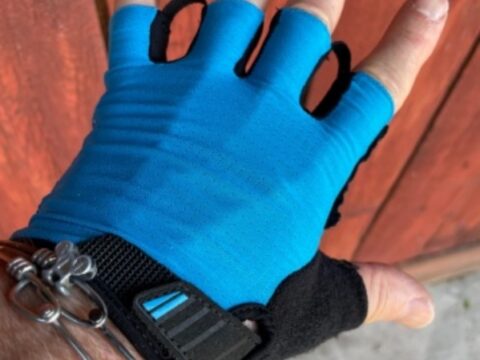


I have a Revolt 0, so I have the carbon version. Your review is spot on. Very comfortable, but the short extensions are weird and getting things straight is a pain. Overall I really like it though.
When you set up the Dfuse bar did you try rolling the bars down a bit, enough so that the end of the bar would be vertical or almost vertical? This would necessitate bringing the brifter further up the bar. Doing so would shorten the reach a centimeter or two but give you the extension reach you were looking for and make those drops more usable.
I am fine with it the way I have it. But it does have oddly short extension.
@James…I like to have the tops of the bar just slightly more level than the stem (assuming that the stem is in the negative position) and then the brifters just follow along that plane. Not sure if I could have made that all happen if I rolled them.
gg
I totally agree with the review. I took mine off of my revolt 0. I bought the bike as a do it all rig and when trying to hold on in a fast road group I like to be in the drops. The short extensions were deal breakers.
Wondering how the flattened section would impact the brakes I currently have installed on the tops – suspect I would have to remove them. I currently have a Revolt frame from a warranty replacement.
Also had them on a 2019 Revolt 2, now have a 2019 Defy Advanced 1 and its bars are D-Fuse also but slightly stiffer unfortunately.
Strange, I have these bars and the extension is an inch longer. My rep told me the 2020 models will be longer. Maybe I got a 2020 model.
@Graeme Burns Interesting if true. I think I could like them more if they were an inch longer, though I’d still prefer a bit more flare.
As long as the road is right, you are not afraid of the road
Just ordering these bars. The pic on the bike24 site looks like it has longer extensions.
Anyone with a definitive experience of buying these bars recently?
The 2020 model is longer in the drops
I have about 700 miles on these Giant D-fuse bars. A definitive Meh… In my experience; The top’s surface is too small, the reach is ok, the drop is ok, flare is ok (I like that it is only mildly out), the flex is ok, the swept back angle of the tops is not wrist friendly, in fact, _I have come to hate the swept back portion on the tops, think it hurts my wrist_ Love the Revolt (3) frame geometry, handling falls on the road side of things, sporty calm, hated their seat, a pure torture device, ended up going back to my old Flite with a cutout very nice. Seat bolt is a bit fussy and the post is good but flexy if your above 185lbs. Love the bike would buy the bike again and will start hanging better stuff off it. Looking for bars maybe a wing top, maybe the FSA AGX, hard to compare the D-fuse bars due to the price, but you know bars imho are the major contact point for control and more important than wheels. on gravel rough stuff. So, what’s it worth? Are these bars worth $50? save up another 50 bucks and look at the Spanks or the alloy FSA. or or or… they are good for what they are.
Rotate the bar forward than you will discover that the drops are maybe not super long but long enough to ride in comfort